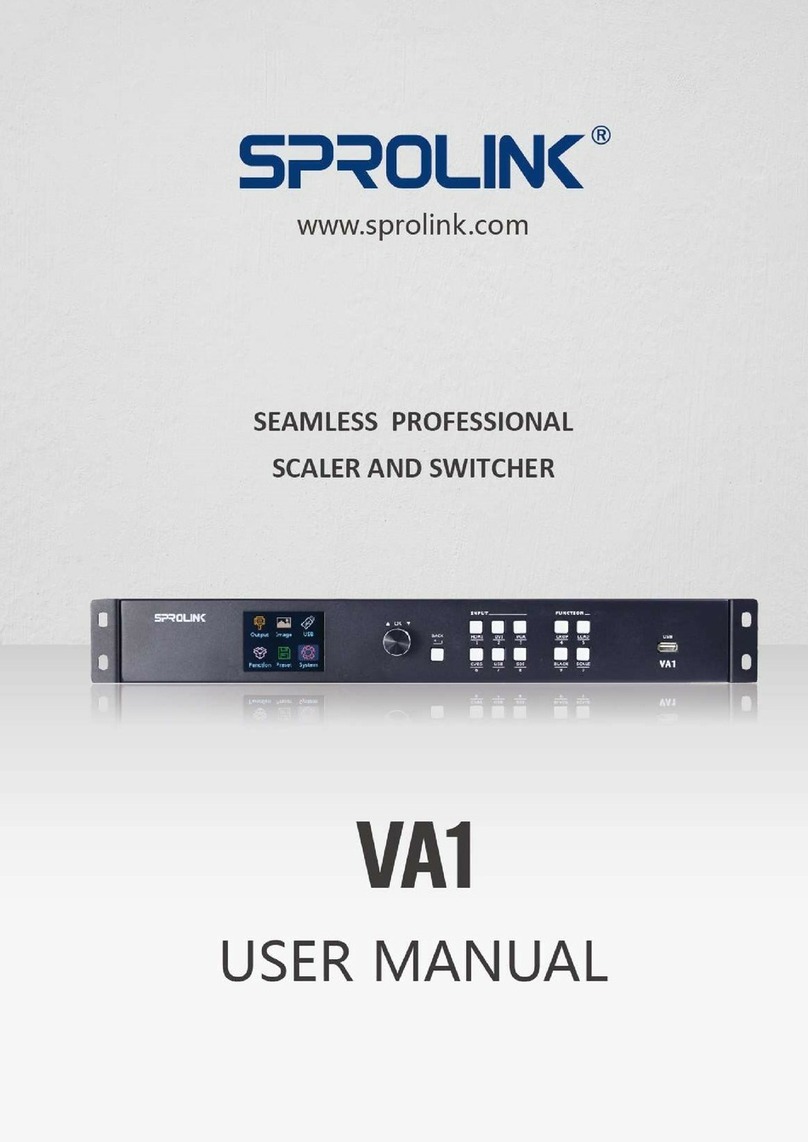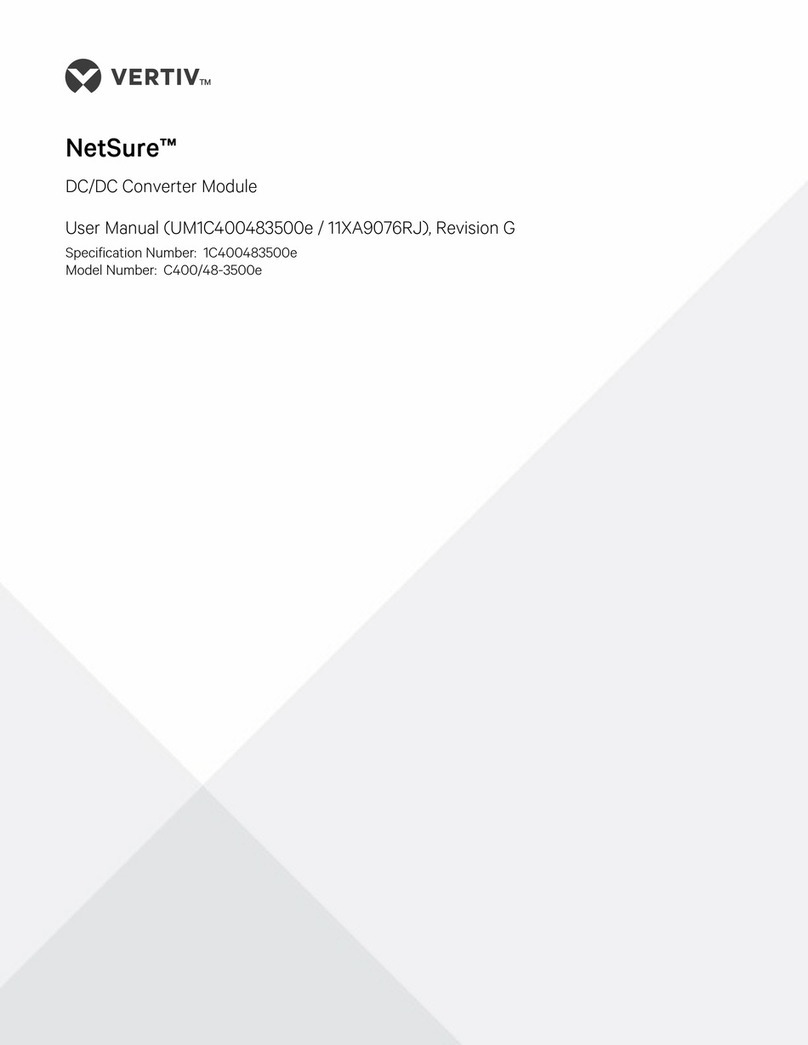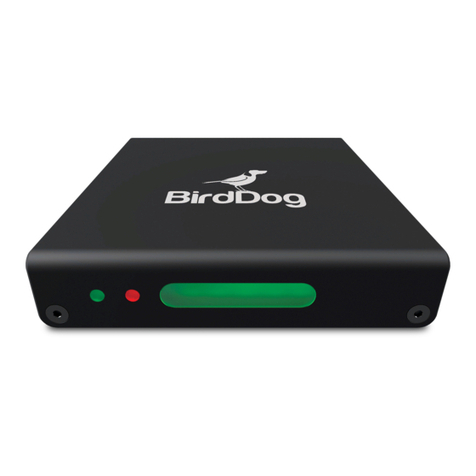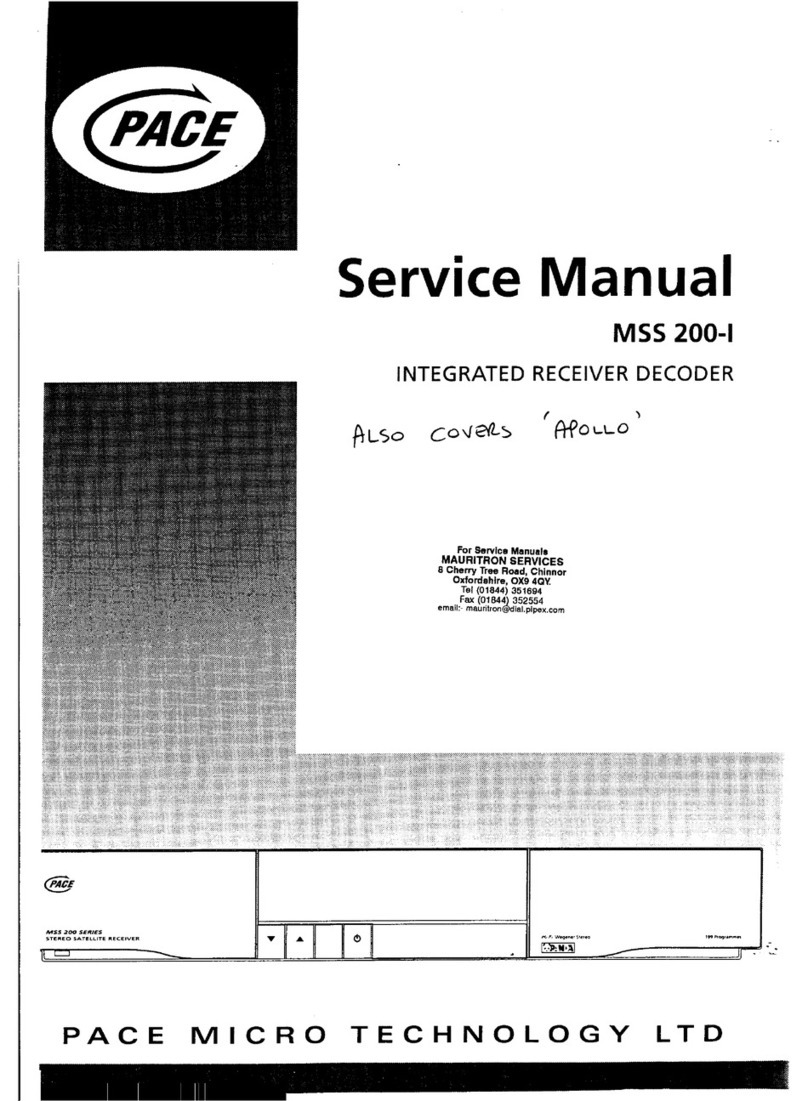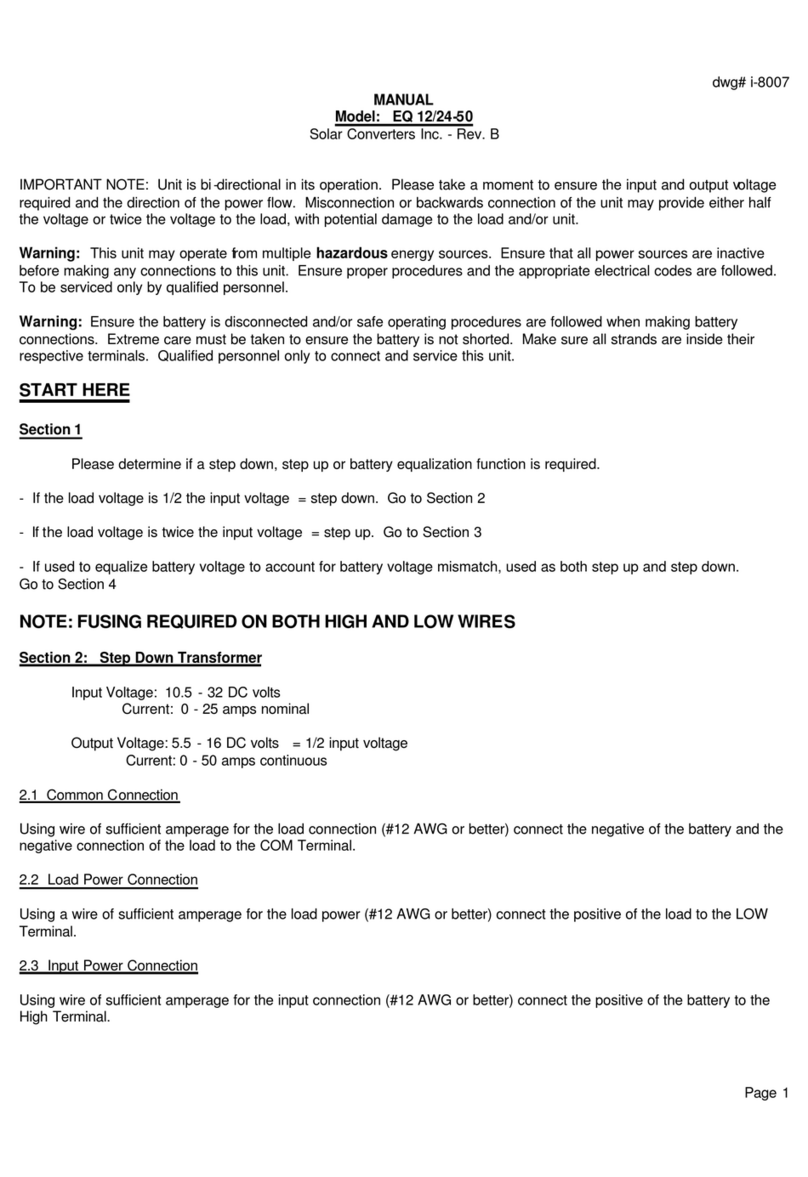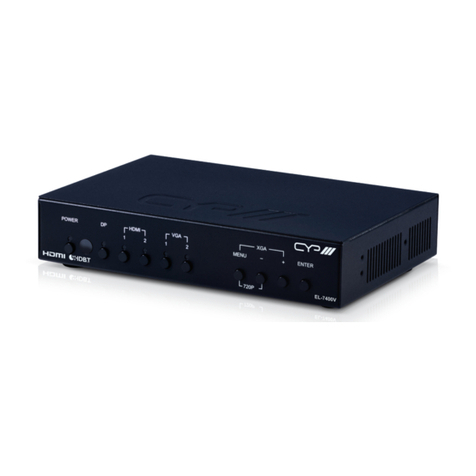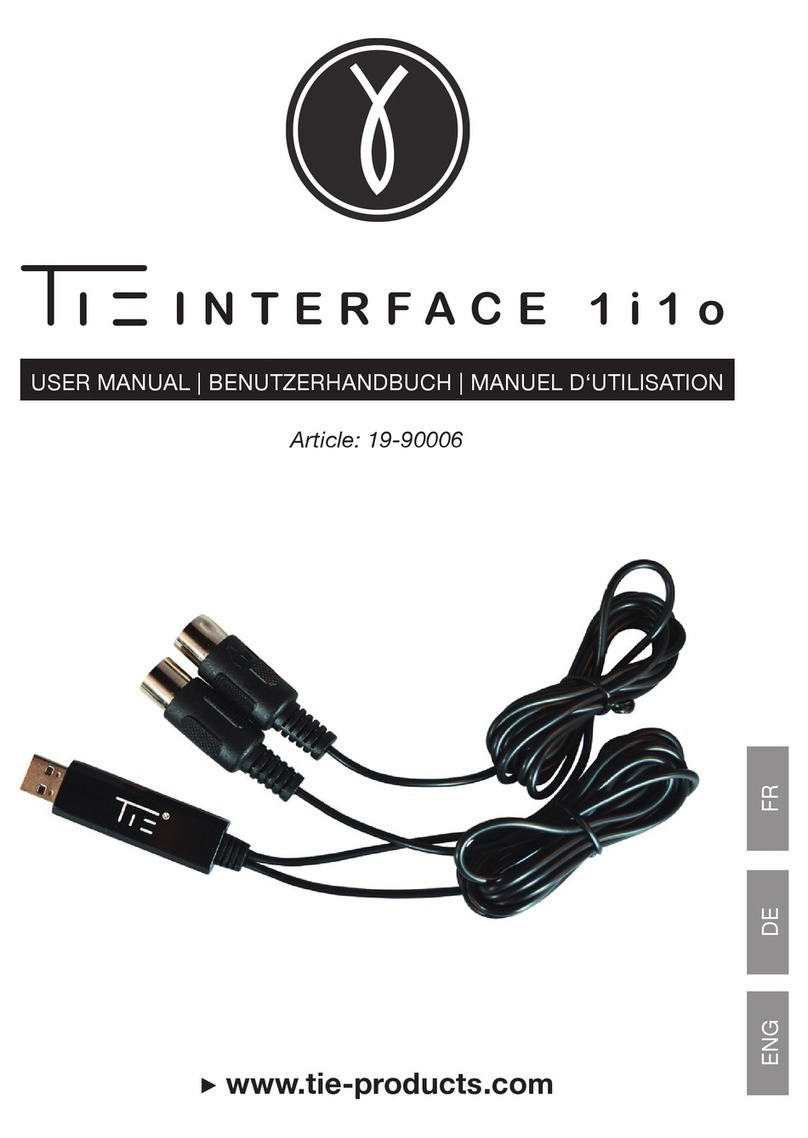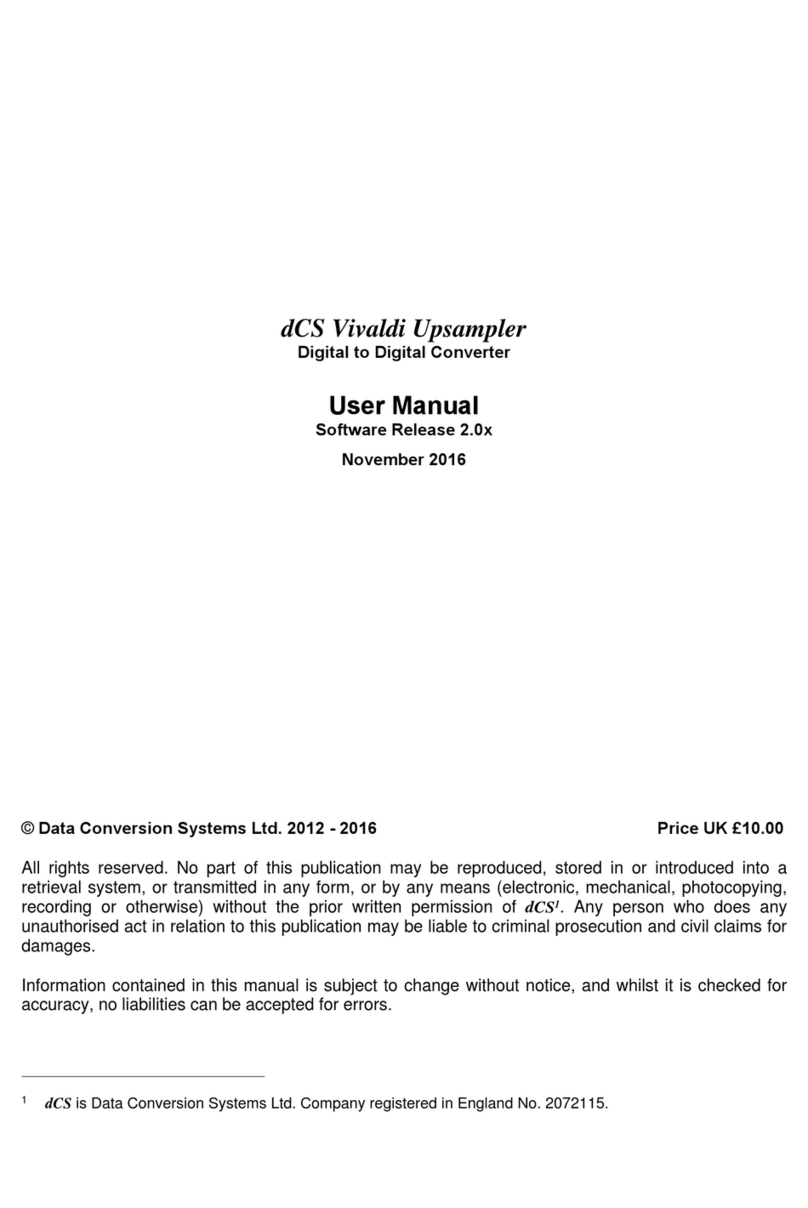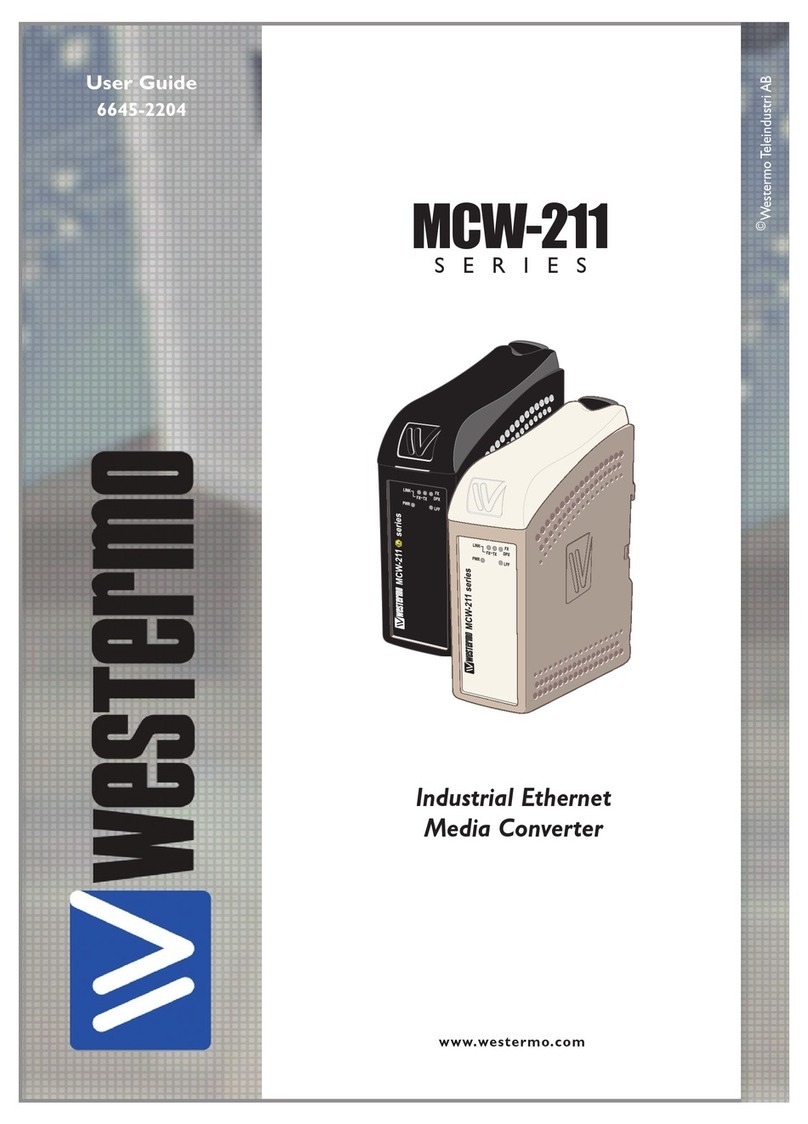AOR The New Classic AR3030 User manual

Fitting the VHF converter to the AR3030 receiver (Rev 1.1)
The following information is applicable to both the VHF AM (airband) and VHF NFM
(marine converter). Only one converter may be fitted at a time (they are not intended to be
interchangeable). Both are in fact capable of all mode reception.
The fitting is recommended to be carried out in an experienced specialist receiver
workshop.
STEP 1
Check that the following parts have been included in the packaging (cable colours may
vary):
1. Fitting sheet (this page).
2. VHF converter usually wrapped in foil.
3. 3 cable ties and four screws.
4. 5 leads as follows:
A= Grey mini coaxial screened lead with a mini coaxial plug on one end
and bare tinned wire contacts on the other (approx 38cm).
B= Long grey screened lead with 2 pin connector on either end
(approx 27cm).
C= Short grey screened lead with 2 pin connector on either end
(approx 19cm).
D= Coloured blue / white cable (2 blue & one white) with 3 pin
connector on either end (approx 28cm).
E= Coloured purple / white cable (three purple & one white) with 4 pin
connector on either end (approx 20cm).
STEP 2
It is assumed at this stage that the receiver has been tested and is working normally.
Carry out the following on a “soft surface” to prevent marking the set in any way... use the
correct size cross head screwdriver to avoid slipping and damaging screw heads.
Switch Off the receiver, disconnect the power supply and aerials, external speaker etc.
1/4

Remove the top case. There are FOUR COUNTERSUNK screws on the top and FOUR
CHEESE-HEAD screws on the side (two either side).
Remove the bottom case. There are FOUR COUNTERSUNK screws on the
top and FOUR CHEESE-HEAD screws on the side (two either side). Disconnect the two
pin speaker lead/connector from the bottom I.F. PCB (located adjacent to the external
speaker socket).
STEP 3
Remove the foil from the VHF converter making sure none remains which could cause a
short circuit.
Fit the VHF converter into the internal vacant position in the top right of the receiver next
to the RF & VCO PCBs. Refer to the diagram to ensure the correct orientation... the
coaxial connection J1 is in the top right corner.
The VHF converter PCB has six connectors J1, 2, 3, 4, 5 & 6 (refer to the diagram).
EXISTING LEAD
A 4 pin connector (3 blue wires and one white) already exists inside the receiver, usually
taped to the right hand side of the chassis (or held with a cable tie) near to the VHF
converter position. This lead is terminated on the CPU PCB. Connect this 4 pin lead to J6
of the VHF converter.
LEAD D
Connect lead “D” (3 wire blue/white) between the vacant 3 pin connector of the RF PCB
(see diagram) and J2 of the VHF converter.
2/4

LEAD C
Connect lead “C” (short grey screened lead) between the vacant 2 pin connector of the
VCO PCB (see diagram) and J3 of the VHF converter.
LEAD E
Connect lead “E” (4 wire purple/white) between the vacant 4 pin connector of the RF PCB
(see diagram) and J5 of the VHF converter.
LEAD B
Connect lead “B” (Long grey screened lead with 2 pin connectors) between the vacant
2 pin connector of the RF PCB (see diagram) and J4 of the VHF converter.
LEAD A
Connect lead “A” (coaxial cable with one end un-terminated) using the miniature coaxial
connection to J1 of the VHF converter. Feed the un-terminated end through the rear left
hand corner of the chassis into the bottom cabinet.
Turn the set upside down and solder the coaxial cable to the currently unused VHF BNC
connector. The centre connector being soldered to the centre pin and the outer braid to
the earth of the BNC connector... there is no earth tag so solder to the BNC thread directly
(A VERY HOT SOLDERING IRON IS REQUIRED - BUT DON’T MELT THE COAX!).
Cable ties
Return the set to the right-way-up.
Cable tie together lead “A”, “B” & “D” just above the VHF converter toward the rear of the
cabinet. Keep lead “C” as far away from the other leads as possible running it high above
the PCBs.
Use a second cable tie about 10cm to the left, again strapping leads “A”, “B” & “D”
together.
The third cable tie is used to secure lead “C” high away from the input / output leads
leading to J4, J5 & J1.
STEP 3A (MARINE converter only)
The MARINE converter requires an additional supply feed
which is taken from the RF PCB PIN 1 of J5 (refer to diagram
2). The MARINE converter has an additional flying lead
connected to the PCB.
For neatness carefully pull J5 of the RF PCB out of the socket
and remove the wire feeding PIN 1 (usually white), it is held
with a barb so lift the plastic retainer using a very small
screwdriver or pin. Neatly solder the flying lead from the
converter to the wire of Pin 1 and re-insert the connector into
the plug.
3/4

Alternatively remove the insulation from the wire feeding Pin 1 then solder to the wire the
flying lead from the converter and apply insulating tape to protect the connection.
STEP 4
Connect power & a speaker to the receiver, power it up and test. Sensitivity should be far
better than 1uV (-107dBm) for 10dB S/N on AM and 12dB SINAD on NFM.
Airband converter: Guaranteed frequency coverage is 108 - 146 MHz (airband & 2m
HAM bands).
Marine converter (general): Guaranteed coverage 146 - 165 MHz but likely coverage is
108 - 165+ MHz (the top range accepted by the AR3030 microprocessor being 173.99999
MHz).
This means that the marine converter will also cover the 2M HAM band and VHF
airband. However, due to the wider frequency coverage there is less band pass filtering
incorporated than in the airband version of the converter.
Refit the bottom and upper case halves remembering to plug the speaker lead back into
the RF PCB (close to the external speaker socket). Remember that the side case halves
use cheese-head screws and the upper lower surfaces use countersunk screws.
END
AOR LTD, 2-6-4 Misuji, Taito-ku, Tokyo 111, JAPAN
Tel: 03 3865 1681
4/4
Other manuals for The New Classic AR3030
2
Table of contents
Other AOR Media Converter manuals


